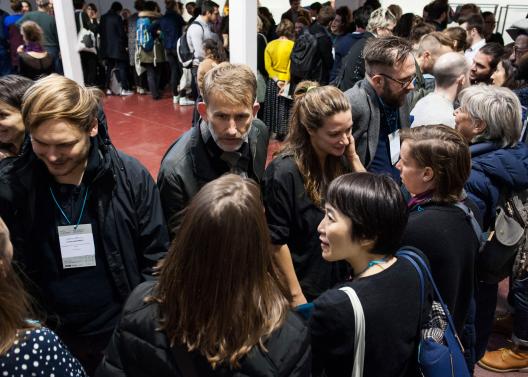
Cultural mobility means going beyond one's limits: leaving one’s comfort zone (where changes do not happen) and travelling in order to be transformed.
Cultural and artistic creations are ever-changing and flexible; they adopt the forms that communities give them over time. Nothing is permanent and everything transforms thanks to networks of contacts and influence exercised among communities and peoples. Cultures develop through their exposure and exchange with others. The traditions of art and culture that we know today—whether old or new—are influenced by the paths they have travelled, by the cultural mobility.
Whether we like it or not, culture moves, travels, crosses borders more or less freely, and changes what it touches. This characteristic is inherent to culture itself, because culture is attached to people who may travel, migrate or flee. This is a phenomenon that even the toughest anti-immigration policy won’t ever be able to stop. Conversely, culture that does not travel, culture that remains enclosed in the place where it was born, does not evolve, grow or develop, but instead dies slowly, without having had time to influence or transform others.
Mobility to go beyond one’s limits
Cultural mobility means going beyond one's limits: leaving one’s comfort zone (where changes do not happen) and travelling in order to be transformed. Culture with the ability to narrate the human story must be able to fly, using its wisdom to analyse the complexity of the world we inhabit.
Those artists who travel, bringing their creations along with them, can comprehensively develop a vision that otherwise would be restricted to a limited local environment. They open their perspective and radius of action. By looking beyond the local environment, the artist is enriched by the contributions of others and their undiscovered realities; others who experience the same path but in a different way. Awareness of what others do and collaboration are sources of mutual growth and the development of ideas, projects and results. Travelling, learning, developing, sharing and collaborating are the foundations of innovation. Artistic innovation comes from transparent exchange with peers. Those peers can be thousands of miles away, but yet converge with their fellow artists in their specific research processes.
Circuits of artistic mobility
Any honest process of search will find, somewhere in the world, someone, be it a person or a structure, interested in learning about it. The circuits of artistic creation go beyond the city or the region where they were made. These circuits may not be visible at first sight or be the most obvious, therefore artists must investigate to find them
The financial aspects
We cannot forget the financial aspects that any activity involves. Expanding the circuits where artists circulate their productions creates new job opportunities, diversifies income sources for a project, and gives access to alternative funding programmes, such as transnational public funds or private foundations
